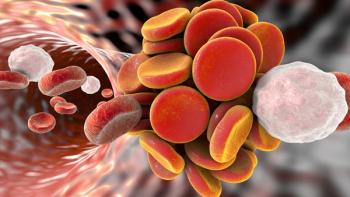
A phase 1 trial is evaluating UB-VV111 with and without rapamycin as treatment for patients with CLL and LBCL who received at least 2 prior therapies.

Your AI-Trained Oncology Knowledge Connection!


A phase 1 trial is evaluating UB-VV111 with and without rapamycin as treatment for patients with CLL and LBCL who received at least 2 prior therapies.
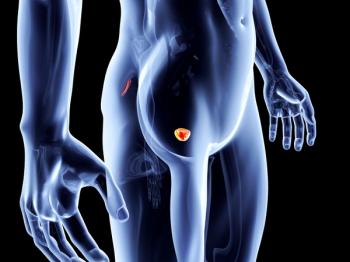
SBRT achieved a 5-year DFS of 89% vs 92% with moderately hypofractionated IMRT in patients with intermediate risk prostate cancer.
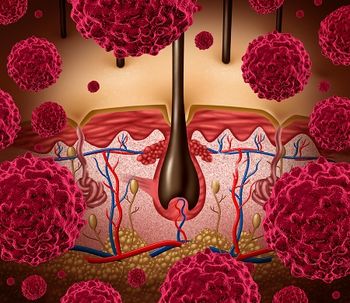
Adjuvanted imsapepimut and etimupepimut plus pembrolizumab did not yield a statistically significant PFS improvement as treatment for advanced melanoma.
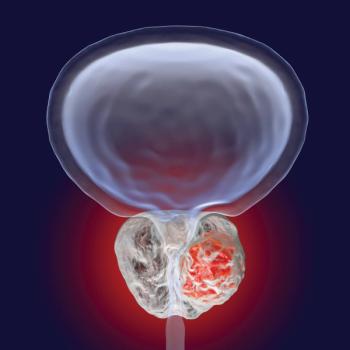
The addition of 177Lu-PNT2002 did not significantly increase toxicity in patients with oligorecurrent prostate cancer who received SBRT.

Planned interim results from the phase 3 DESTINY-Breast05 trial showed no new safety signals with T-DXd in the trial population.

Physicians are no longer required to have special certification to administer vandetanib to patients with medullary thyroid cancer.
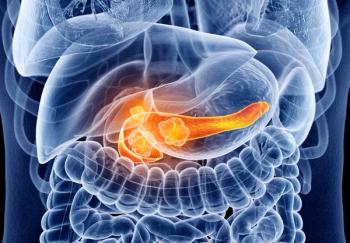
Atebimetinib with gemcitabine and nab-paclitaxel achieved a 9-month OS and PFS of 86% and 53%, respectively, in patients with pancreatic cancer in frontline settings.

Results from the phase 3 DESTINY-Breast09 trial will support the FDA’s decision on whether to approve T-DXd plus pertuzumab in frontline metastatic breast cancer.

Results from the phase 2 MorningSun trial demonstrated that outpatient, subcutaneous single-agent mosunetuzumab was efficacious in patients with marginal zone lymphoma.
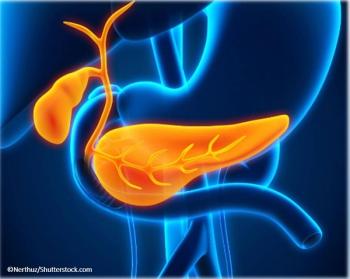
At 30 months, mitazalimab plus mFOLFIRINOX achieved an OS rate of 21% in patients with previously untreated metastatic PDAC.

Michael Wang, MD, stated that results from this phase 2 trial were tremendous and showed that mosunetuzumab plus polatuzumab vedotin is viable in MCL.
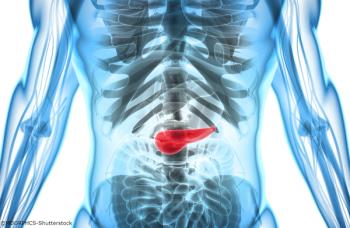
Patients with PDAC and non-GOF mutations had less favorable OS and DFS outcomes in various instances compared with those who had wild-type or GOF mutations.
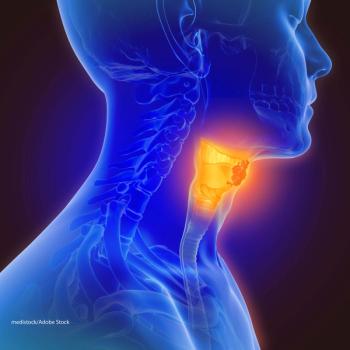
The agency has recommended approval for subcutaneous pembrolizumab in all previous solid tumor indications, and for pembrolizumab in recurrent HNSCC.

Data from the phase 3 3475A-D77 trial support the FDA approval of subcutaneous pembrolizumab across different pediatric and adult solid tumor indications.

Patients with high-risk multiple myeloma who received BPd maintenance therapy reported no events of progression in the phase 2 trial.

MRD-negative remission was achieved in 74.8% of all patients with newly diagnosed multiple myeloma treated with isatuximab, carfilzomib, lenalidomide, and dexamethasone.

The next-generation ADC, CRB-701, demonstrated an emerging objective response rate of 57% in a subgroup of patients with HNSCC.
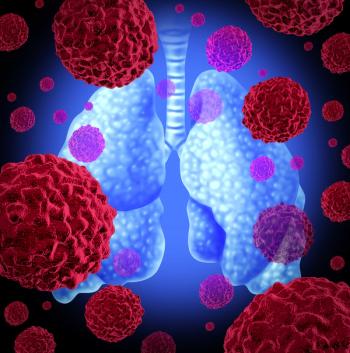
Cisplatin/etoposide and carboplatin/etoposide achieved median OS of 8.8 months and 7.8 months, respectively, in those with extensive-stage small cell lung cancer.

Data from a phase 1/2a trial showed that plixorafenib-based care achieved a median PFS of 63.9 months in patients with BRAF-altered thyroid cancers.
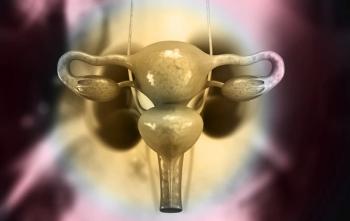
Findings from a phase 1 trial and the REJOICE-Ovarian01 trials supported the FDA’s decision to grant the designation to R-DXd in those with gynecologic cancers.

Lurbinectedin achieved an ORR of 27% in all patients with extensive-stage small cell lung cancer in the phase 4 Jazz Emerge 402 study.

Lorenzo Falchi, MD, highlighted the most important considerations when using novel immunotherapy combination therapies for patients with indolent lymphoma.
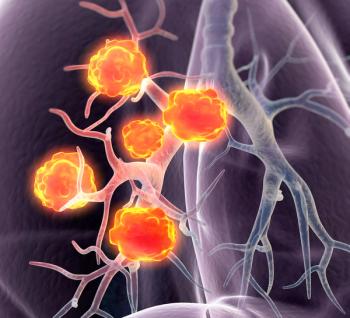
Full overall survival results with amivantamab plus lazertinib from the Asia cohort of the MARIPOSA trial will be shared at a future medical conference.
![We must work on clinical predictors based on the disease phenotype, we must work on the physician’s attitude, and [we must work to] stimulate the correct and timely usage of ruxolitinib.](https://cdn.sanity.io/images/0vv8moc6/cancernetwork/d5a069c33bbfe917bc7c0b1bb13d76c0a815cc44-234x234.png?w=350&fit=crop&auto=format)
According to Francesca Palandri, MD, PhD, ruxolitinib will have a less significant effect in patients with myelofibrosis who have a cytopenic phenotype.

Ziftomenib yielded a median overall survival of 16.4 months in responders with NPM1-mutant AML who received ziftomenib in the phase 1b/2 KOMET-001 trial.

After failing to record any objective responses in 9 patients with relapsed/refractory ES-SCLC, the phase 2 trial was terminated early.

Results from the SUNMO trial showed that mosunetuzumab plus polatuzumab vedotin achieved a complete response rate of 51.4% in this LBCL population.
![We found that patients who are [complete remission] MRD-negative, and PET/CT negative year after year for 5 years do not have to be maintained.](https://cdn.sanity.io/images/0vv8moc6/cancernetwork/a0c5316b5733cfe8ccceb396476faf0cea2f2e46-320x410.png?w=350&fit=crop&auto=format)
According to Sundar Jagannath, MBBS, the cure for multiple myeloma was observed in patients who were cancer free for 5 years without maintenance therapy.

Rezatapopt achieved an ORR of 33% in all patients, and an ORR of 43% in patients with ovarian cancer, with 1 confirmed complete response.

The FDA approved selumetinib as treatment for pediatric neurofibromatosis type 1, expanding options for young patients with inoperable plexiform neurofibromas.
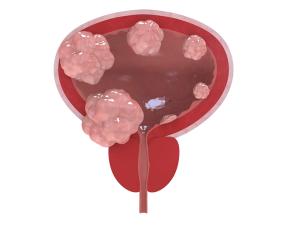
Published: May 5th 2025 | Updated:
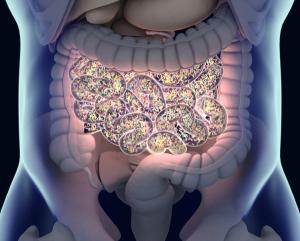
Published: April 8th 2025 | Updated:

Published: May 1st 2025 | Updated:
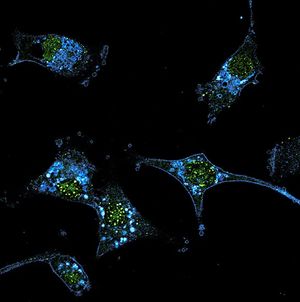
Published: August 5th 2025 | Updated:
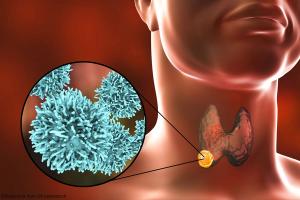
Published: September 26th 2025 | Updated:
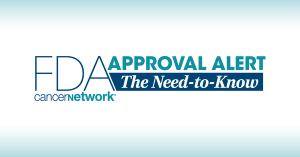
Published: May 14th 2025 | Updated: